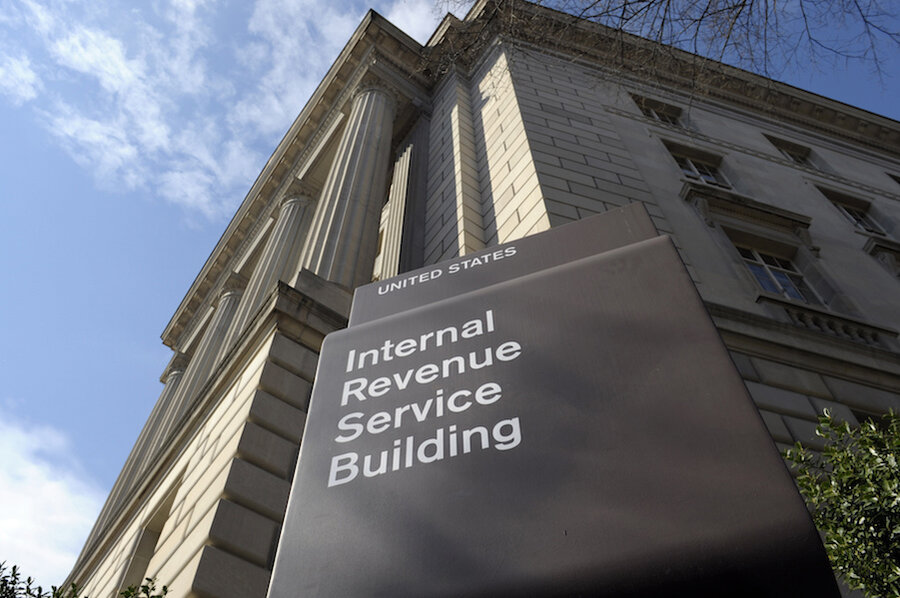How retirement accounts can affect your tax bracket
Loading...
Making the right decisions about your retirement savings can do wonders for your tax burden. That’s because retirement accounts come with tax advantages.
We asked Kathryn Hauer, a financial advisor in Aiken, South Carolina, for more information about these incentives.
What should retirement savers know about retirement accounts and income tax brackets?
How much you pay in federal income tax is based on your taxable income, which is your income minus any exemptions or deductions for which you qualify. The higher your taxable income, the higher the percentage of your income you may pay in taxes, depending on your income tax bracket.
As an example, for married couples filing jointly, income of less than about $18,550 is taxed at 10%, the amount between about $18,550 and $75,300 at 15%, the amount between $75,301 and $151,900 at 25%, etc., up until the highest rate of 39.6% for income of more than $466,950. You can see the IRS website for tax rates for each filing status.
Anything you can do to reduce your taxable income, therefore, could mean you take a smaller tax hit.
How does contributing to a 401(k) plan help reduce taxes?
When you’re building your retirement account, you get to defer paying taxes on the money you put in, and it is not counted as taxable income. That’s a great deal, because you pay less in tax. If you’re 35 years old and you and your spouse both contribute the maximum of $18,000 to your 401(k) this year, your taxable income will be $36,000 less than it otherwise would have been, which could put you in a lower tax bracket.
Remember, though, that 30 or 40 years from now, when you need to withdraw that money in retirement, it could add enough to your income stream to put you in a higher tax bracket.
How do required minimum distributions affect your tax bracket?
The government requires that you start taking withdrawals from your non-Roth IRA, 401(k) and other retirement plans when you reach age 70½. These required minimum distributions increase your taxable income and could affect how much you pay in taxes.
Here’s an example: Let’s say you and your spouse are both 70 years old and retired, and together you collect $30,000 per year in Social Security. One of you collects a monthly pension that totals $15,000 per year, giving you a total adjusted gross income of $45,000.
Each of you also has $500,000 in a traditional IRA that you built up over your working years. Neither of you has taken withdrawals up to this point, but after you turn 70½, you both know that you will have to take a distribution to avoid penalties.
Required minimum distributions are calculated according to IRS life expectancy tables. In this example, you would each be required to withdraw about $18,000 for the year.
This adds $36,000 of income onto your AGI, so you go from being taxed on $45,000 to being taxed on $81,000 that year, pushing you from the 15% tax bracket to the 25% tax bracket.
Remember, however, that tax rates in the U.S. are marginal, which means that all of your earnings aren’t taxed at the same rate. In this case, only the amount above the cutoff of $73,500 is taxed at 25%, so a taxable amount of about $7,500 gets taxed at the higher percentage.
What is one key step people should take to limit their taxable income?
If you have access to a 401(k) from your company, you want to contribute as much as you can to reduce your tax burden. If you don’t have a 401(k) or similar plan, contribute to a traditional IRA. The maximum you can contribute for tax deferral is much lower than with a 401(k) — just $5,500 in 2016 — but it will reduce your overall tax burden.
Kathryn Hauer is a certified financial planner and fee-only investment advisor with Wilson David Investment Advisors in Aiken, South Carolina.
This story originally appeared on NerdWallet.







